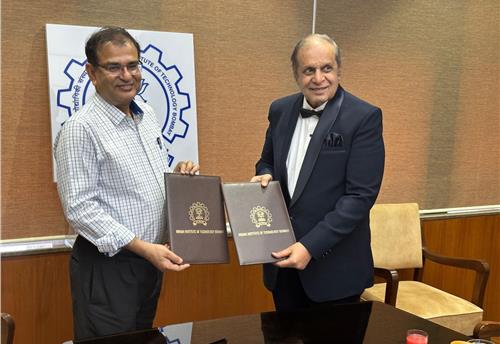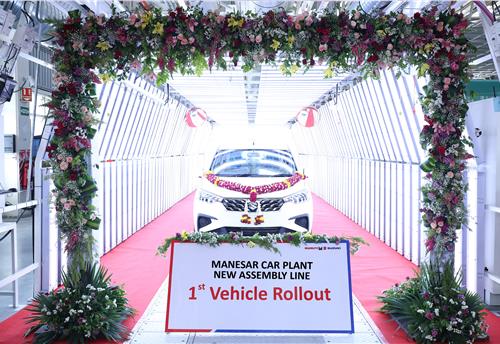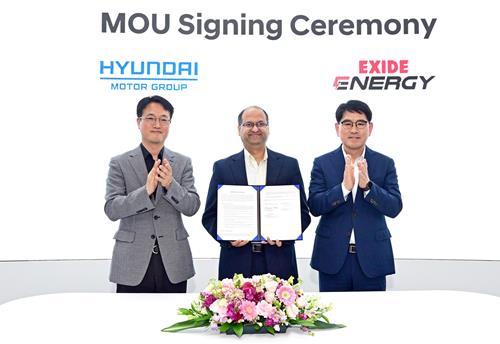All-new Range Rover lighter by 420kg!
August 16, 2012: This is the all-new next-generation Range Rover which is set to make its public debut at the Paris Motor Show in September before going on sale early next year.
For the first time in its 42-year history, styling and dynamic ability are not the most important parts of the new Range Rover story. Perhaps the most significant change is the adoption of a new all-aluminium monocoque body/chassis that carves up to 420kg off the current Range Rover’s kerb weight. This will bring unprecedented benefits in fuel economy, emissions, performance and agility.
The new model becomes the world’s first aluminium monocoque SUV, utilising techniques already developed for the aluminium XK and XJ of sister brand Jaguar. In future, almost all of Jaguar Land Rover’s higher-value models are likely to be made this way.
According to Land Rover, the new model’s performance improvement is much more than merely incremental. Global brand director John Edwards says that while it preserves the Range Rover’s “essential, unique character,” the new car’s clean-sheet design and lightweight construction will “transform the experience for luxury vehicle customers, with a step change in comfort, refinement and handling”.
Edwards says the new Range Rover bodyshell is not only 39 percent lighter than the outgoing steel structure but also stiffer in both torsion and bending, with new aluminium subframes front and rear that support newly designed, all-independent air suspension systems. The chassis has the latest generation of electronic ride and stability control equipment, and there’s a new, more responsive Terrain Response 2 Auto system that reads on-road and off-road conditions more quickly and configures the car better for the prevailing conditions.
The first official pictures of the new Range Rover show a wheelbase increase of about 100mm, and Autocar UK understands that there are similar increases in front and rear tracks. Together, these changes promise increased natural stability. Engineers talk of “transformed handling and agility” for the 2013 model, an impressive claim indeed given the high standards set by existing models.
Every surface of the new model is new, but the team led by design chief Gerry McGovern has nevertheless been entirely true to the Range Rover ethos. McGovern speaks of “a fresh interpretation of Range Rover design cues” and the 2013 edition definitely displays a sleekness and sophistication that makes the outgoing ‘L322’ version seem old and rather upright.
All the important elements are there: the floating roof, the clamshell bonnet, the blacked-out pillars, the two-piece tailgate, the swage lines high on the sides and level with the door handles, and the prominent ‘Range Rover’ script on the bonnet. There are new wraparound headlights and the grille is stylishly raked as never before. The effect is of a sleeker, more dynamic shape.
 |
Big changes on the move too
Engineers say the Range Rover’s all-new aluminium body has been “rigorously optimised” to work with the laminated screens and side glass to slash noise levels.
The new Range Rover is being offered with three engines. The diesels are a special version of the 3.0-litre V6 (which has been a staple in the Discovery for years) and the 4.4-litre V8 already on offer in the current Range Rover, albeit with updates. The petrol option will be Land Rover’s own version of the 5.0-litre supercharged ‘group’ V8 already offered.
All engines will drive through an eight-speed ZF automatic transmission. There will be no manual gearbox option. The Range Rover will come with an enhanced package of chassis electronics (anti-lock brakes and stability and traction control systems) as well as the improved Terrain Response 2 Auto facility.
“Designing the next-generation Range Rover, following 40 years of success, came with a huge responsibility to protect the DNA of such an icon,” said McGovern, who has overseen the creation of both Freelander generations and the extremely successful new Range Rover Evoque, but never the flagship until now. “Our design team worked hard to capture the elegant proportions and pure surfaces which have been a feature of the best Range Rover designs.” The new cabin is influenced by the much-admired interior design of the current car. There’s a large binnacle ahead of the driver, with a TFT screen that offers tachometer and speedo functions (with ancillary functions in between), plus a well-integrated eight-inch screen above the prominent console in the centre of the car.
 |
The designers have worked hard to simplify controls and switchgear without reducing the number of functions, in line with the new model’s theme of “serene isolation”. Because the wheelbase is longer, the rear cabin offers an impressive 120mm more kneeroom.
Buyers will be offered a standard three-occupant rear bench seat, as before, or the option of a new two-seat ‘Executive’ layout that extends the centre console through the rear cabin “for ultimate luxury”. A Meridian surround-sound hi-fi will be offered. The two doors of the traditional, horizontally split tailgate (improved to reduce the ‘stretch’ needed to load the boot) are electrically assisted.
As you read this, Land Rover engineers are concluding an 18-month Range Rover test programme over millions of miles in more than 20 countries, including the hottest and coldest in the world.
Manufacture of the all-aluminium Range Rover will begin at the end of the summer in a new Solihull facility equipped especially for low-energy construction. Deliveries to dealers should begin before the end of the year and the first customers should have their cars very early in 2013.
 |
Land Rover bosses are tight-lipped about pricing, but the new Range Rover is expected to start at around £70,000 (Rs 60.77 lakh), with the plushest models costing upwards of £120,000 (Rs 1.04 crore). While the earliest deliveries will be in the UK, the Range Rover will ultimately be sold in more than 160 markets.
Steve Cropley, Autocar UK
RELATED ARTICLES
IIT Bombay inaugurates Arun Firodia Research Floor
IIT Bombay, one of India’s top technical and research institutions, honours Kinetic Group chairman Dr Arun Firodia, one ...
Maruti Suzuki expands capacity at Manesar plant by additional 100,000 units
New assembly line at Plant A expands total manufacturing capacity at the Manesar plants to 900,000 units per annum. Alon...
Hyundai and Kia partner Exide Energy to produce LFP batteries in India
Partnership with Exide Energy enables Hyundai Motor and Kia to equip future EVs in the Indian market with locally produc...





 By Autocar Pro News Desk
By Autocar Pro News Desk
 16 Aug 2012
16 Aug 2012
 2157 Views
2157 Views









